Useful Information
Information you need to know before you travel to Okinawa, and useful while sightseeing.
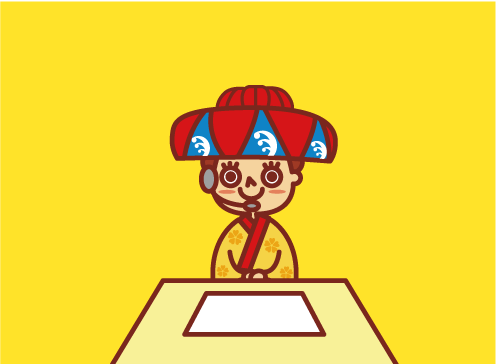
Okinawa Tourism Multilingual Contact Center
Okinawa Tourism Multilingual Contact Center
Solving “Troubles” and “Unanswered Questions” on the road
The Okinawa Tourism Multilingual Contact Center is a public service provided by Okinawa Prefecture exclusively for foreign tourists. The center provides tourist information, interpretation services, and disaster response via telephone, email, and chatbot in English, Chinese (traditional and simplified), Korean, and Thai.

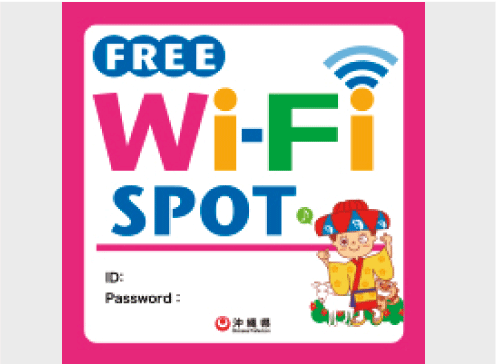
Free Wi-Fi Spot
Free Wi-Fi Spot
Crunchy, I want to connect to the Internet…
A Wi-Fi environment is available for tourists to use free of charge.
The locations of private facilities with free Wi-Fi are available on Google Maps.

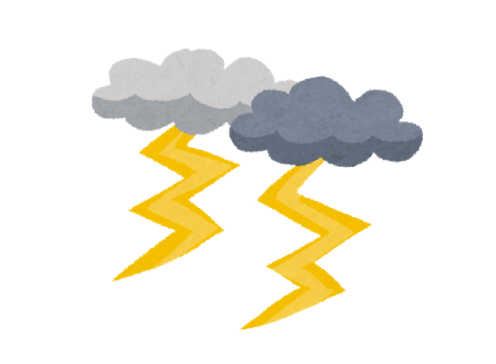
Haisai! Disaster Prevention Devil (Okinawa Disaster Prevention Information Portal Site)
Haisai! Disaster Prevention Devil (Okinawa Disaster Prevention Information Portal Site)
For information on typhoons, earthquakes, and other disasters…
You can view the latest information on disasters in Okinawa Prefecture, as well as information on municipal evacuation centers and evacuation orders. We also distribute information via twitter and e-mail (registration required).


Okinawa Story
Okinawa Story
Okinawa Story
Okinawa Monogatari is a sightseeing information portal site for Okinawa. It introduces sightseeing spots and facilities in each area, provides information on events, and offers a variety of other useful information for sightseeing in Okinawa. Please take advantage of this site.

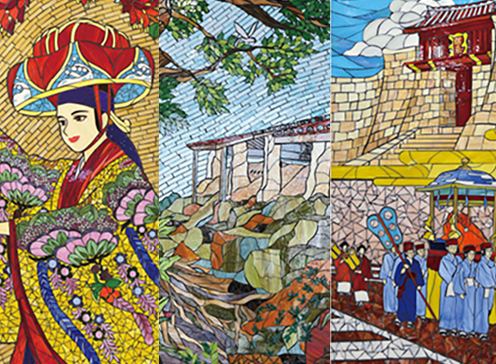
Let's feel Okinawa!
Let's feel Okinawa!
1 artwork can be enjoyed.
Near the station’s ticket gates is a glass artwork that symbolizes Okinawa. Please take note of the glass art, which is different at each station, including a scene from “Yotsutake,” one of the most solemn and graceful of Ryukyuan classical dances, a yachimun (pottery) climbing kiln, and scenes from events held at Shuri Castle.
Naha Airport Station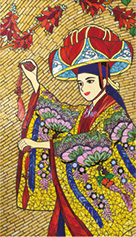 |
Asato Station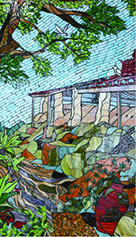 |
Shuri Station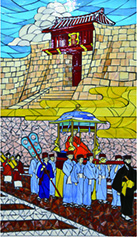 |
2Okinawa ‘s character is also found in such places
The exterior of the station building and the station name sign near the ticket vending machine are designed with “Bingata” (dyed fabric) and “Ryukyu Kasuri” (woven fabric), which are traditional Okinawan crafts.
The combination of the six station colors (blue, green, yellow, orange, red, and purple) at each of the three stations expresses the Okinawan character of the station.


3 Notice the vehicles and chimes!
The red line, the symbolic color of the vehicle, is inspired by the lacquer coating of Shuri Castle. The color change from black lines to gray has the effect of making the vehicle appear lighter and longer.
Before arriving at a station, chimes arranged with Okinawan folk songs will be played, and at each of the 19 stations, passengers can enjoy a familiar Okinawan melody.
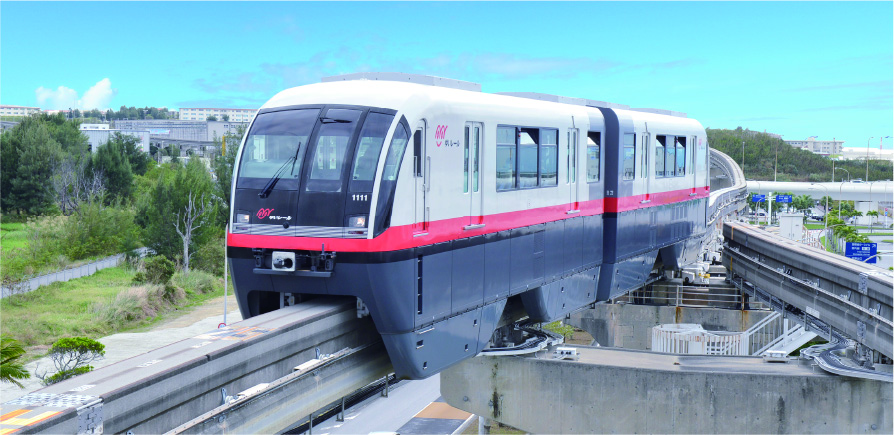
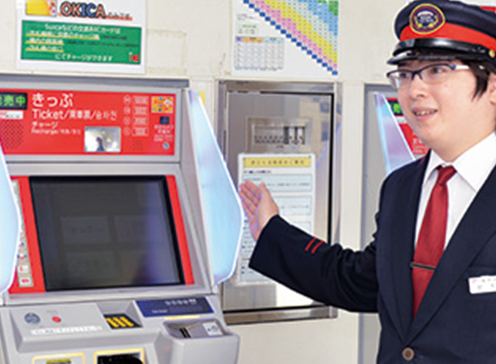
Making the station easy for everyone to use
Making the station easy for everyone to use
For your peace of mind.
Yui Rail, which is used by many people, is committed to practicing hospitality so that everyone can use the system easily and with peace of mind.
All station attendants are working toward certification as service assistants to provide comfortable support to handicapped passengers. Fixed ramps will be installed one by one so that wheelchair users can get on the train without waiting for assistance from station staff.
In addition, station building and train information displays and station equipment are available in multiple languages.
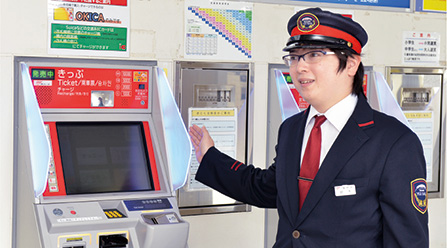
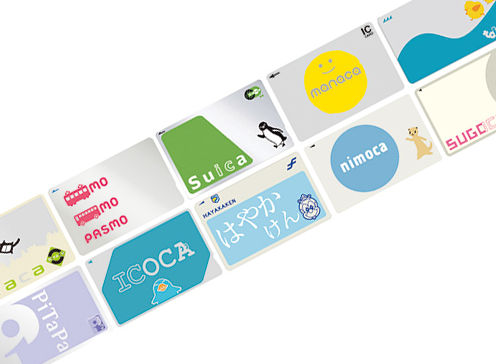
Traffic IC cards are accepted.
Traffic IC cards are accepted.

- Kitaca is a registered trademark of Hokkaido Railway Company.
- PASMO is a registered trademark of Pasmo Corporation.
- Suica is a registered trademark of East Japan Railway Company.
- manaca” and “manaca” are registered trademarks of Nagoya Transportation Development Organization Co.
- TOICA is a registered trademark of Tokai Railway Company.
- PiTaPa is a registered trademark of Surutto KANSAI Co.
- ICOCA is a registered trademark of West Japan Railway Company.
- Hayakaken is a registered trademark of Fukuoka City Transportation Bureau.
- nimoca” is a registered trademark of West Japan Railway Company.
- SUGOCA is a registered trademark of Kyushu Railway Company.
Charges can be made at the counter or at a machine.
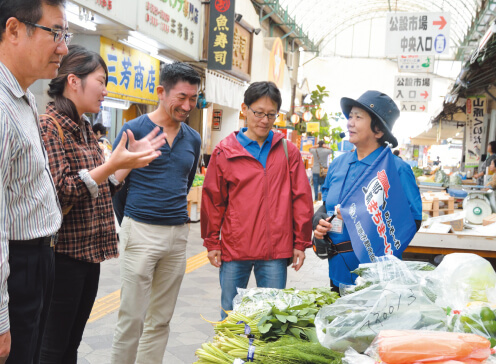
Yui Rail "Naha Machimai" - a stroll through the streets of Naha
Yui Rail "Naha Machimai" - a stroll through the streets of Naha
Why don’t you enjoy a little bit different Naha with
guide?
The “Naha Machimai (Walking with a Guide)” is a walking tour program in which a guide who is well versed in history and culture will show you around Naha, which is a little different from a sightseeing spot.
About 15 courses are offered each season, including popular local eateries, a popular nighttime tour of downtown, and an exploration of the maze-like back alleys, allowing visitors to enjoy the various faces of the city.
(Naha City Tourism Association, Naha Machimai
Tel: 098-860-5780 (Naha Machimai)

You will walk around Naha with a guide.
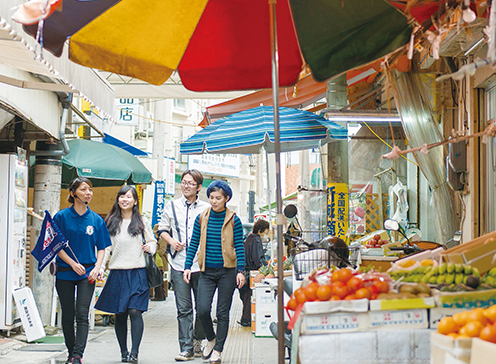
Naha’s Market (Machigwah) Labyrinth Tour Course

